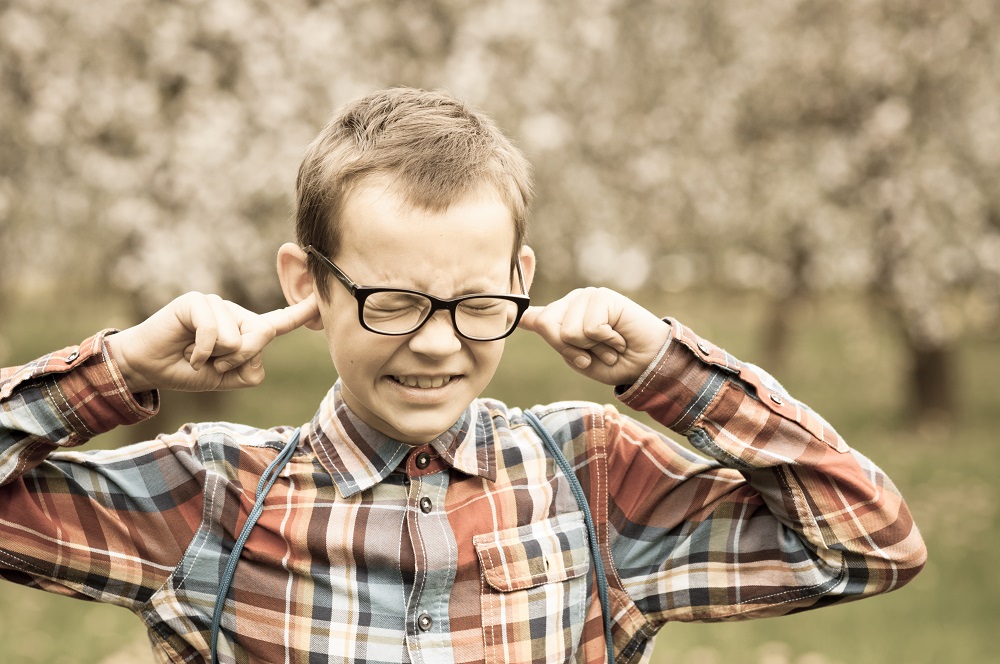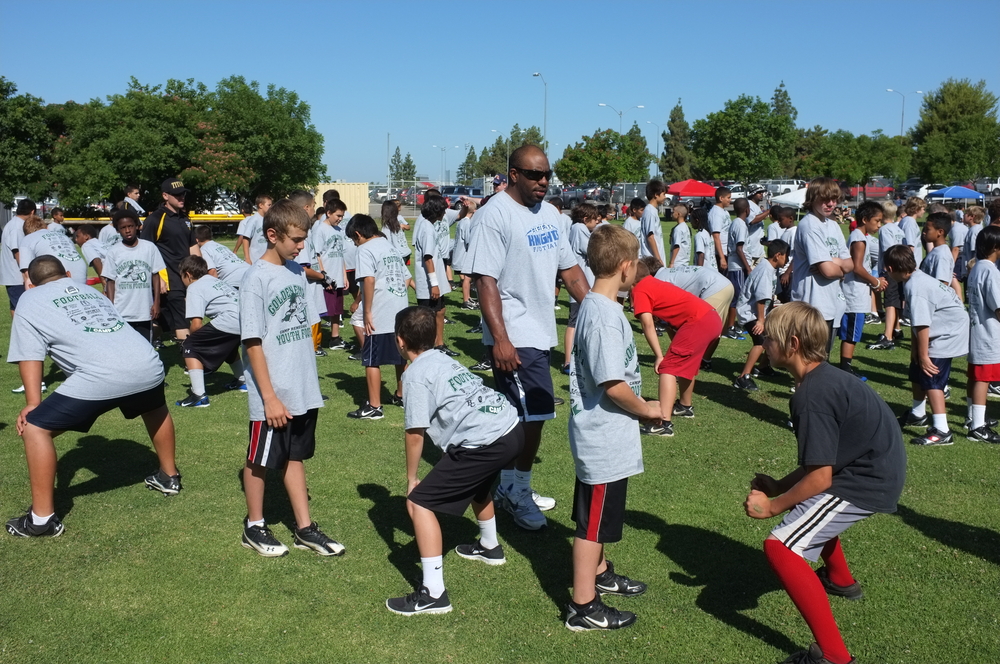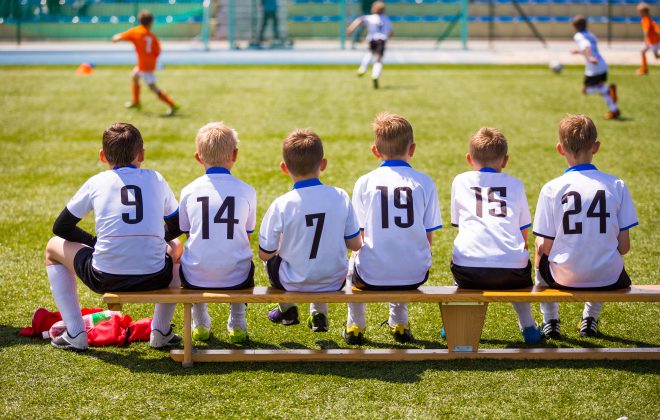Changing the “End-User” Sports Experience
noun [ C ] UK /ˈend ˌjuː.zər/ US /ˈend ˌjuː.zɚ/
“the person or organization that uses something rather than an organization that trades in it”
(Cambridge Dictionary)
The most common question I am being asked by clients, coaches, sports leaders and parents is how can they change the “end-user” sports experience, i.e. how can they create a “New Sport” experience for the kids and families coming to their clubs, schools and sporting organizations….how can they save their sport?
Without doubt this is THE key issue in the global sports industry right now.
The National Sporting Organizations and Government Sporting agencies in most parts of the world know that the number of kids playing competitive sport has fallen dramatically in recent years.
And they’ve all responded in a very predictable way, using what I call the 3 Ms approach:
- Marketing – they increase their marketing and advertising budgets to try and boost the falling numbers. Sporting organizations when faced with falling numbers have naturally focused on marketing their existing sporting “product” as attractive, positive, exciting, etc. to their current and potential clients;
- Modified – they ask a marketing company to develop a “modified” version of their sport which is more exciting, engaging and entertaining than their “regular” sport. So we’ve seen modifications to the rules, the numbers of players on the field, the duration of the Game / Event, the format of competitions, the size of the playing arena, the color of the playing uniforms and many other similar modifications all introduced to make the “old-game” seem like a “new-game”;
- Media – they increase their commitment to media to promote the sport, the “modified” sport and all the great things the sporting organization is doing.
Yet – these three Ms are failing to turn around the astounding declines we’re seeing in the numbers of kids playing competitive sport all over the world.
Why?
Because when it comes down to it, no one – no sporting organization – no government sporting agency – no one – is really changing the one thing that really matters – the sports experience, i.e. the actual experience that kids and families have when they engage with a sport.
So – in response to the hundred or so emails, Facebook messages and other questions I’ve received recently, here’s how to Change the End-User Sports Experience in your sport.
Who IS Your Sport? Who Actually Delivers the Sports Experience of Your Sport?
Seems like a silly question – but think about it for a moment. Who actually IS your sport?
Is it the Board of Directors of the National Body of your sport? No. They discuss strategies, finances and the overall plans for your sport – but they are not the sport.
Is it your National Sporting Organization’s Leadership team? No. They’re responsible for managing and co-ordinating your sport’s structures, systems and programs – but they are not the sport.
Is it the State, Regional or District Sporting Association of your sport. No. They conduct competitions, select teams and run training courses for coaches, officials etc. – but they are not the sport.
The person – the people – who are your sport – are whoever is delivering the actual sports experience to your clients and potential clients at the “end-user” point.
The person who takes the registration fees or coaching fees from a tennis or swimming or gymnastics parent at the training venue – at that moment – IS THE SPORT.
The part-time, volunteer, amateur coach who is coaching the under 8 basketball team – at that moment – IS THE SPORT.
The 16-year-old part-time, amateur, volunteer referee who gives up her time to officiate at junior hockey games – at that moment – IS THE SPORT.
Whoever is delivering the sports experience to the kids, the families, the Club members, the fans, the volunteers…..at that moment is the representative – the “front-man” or woman – of the sport itself.
And this is why National Sporting Organizations, Governments and Sporting Associations are pulling their hair out right now: they’ve suddenly realized that sport is not about them….It’s about the “end-user”.
It’s not about strategic plans or modified games or new marketing programs.
It’s all about what the kids and families experience day-to-day through their connection with sport that is setting the sports agenda.
We Got It Wrong. We Built a Top-Down Sports System.
We – as in the sports industry – got it wrong.
We all followed the governance model of – naturally enough – government.
We blindly followed the traditional models of federal governments everywhere by establishing, delivering and managing sports through the classic hierarchical model of: National, State, Regional, District level administration.
As a result, sporting systems around the world have been led by, managed by, driven by that same antiquated, outdated, inappropriate, ineffective governance model for the past 40 years.
This has led to the development of the notion that all things can be fixed by the national body coming up with a plan or a program then using the traditional governance model to “trickle-down” the introduction of new initiatives through the “system”.
The problem is of course that sport is not now – and never was – about the national body. Or the State Association. Or the regional committee.
Sport is – and always has been – about the “end-user” – the kids and the families – and about the sports experience they’re looking for.
And now – we’re paying the price of overlooking the obvious: it was never about “us”: it was never about “the system” or the “program” or the “pathway”: it’s about “them”.
Ten Things You Can Do to Create a Successful and Meaningful Sports Experience.
- Welcome all families as your family. Every time a kid or family walks into your Club – welcome them as you would welcome your own family. Learn their names quickly. Spend time with them – and above all ask them “why” – i.e. why have they come to your Club or your School? Take a moment to understand them – their motivation and their reason for wanting to play your sport – before you start with the good ‘ole sales pitch.
- Improve the quality of your coaches and their coaching. Coaches are – in so many sports – THE sport. They are the people who kids listen to, learn from and respect. Just as a great coach can inspire the hearts and minds of kids to want to train and compete in sport, a poor coach can cause young athletes and their families to walk away – never to return. Invest in your coaches. Nurture their coaching abilities. Spend time, energy, effort and what money you’ve got into improving your coaches.
- Re-think your philosophies on sport itself. Sport has got it wrong. There’s far too many people out there pushing junior sport academies, junior talent programs, accelerated talent pathway programs and selecting junior sport representative teams for young children. For the vast majority of people sport is not about talent or performance or excellence: it’s about fun, families, learning, enjoyment, health, fitness, friendships and the experience of sport. Continuing to focus on the performance aspects is like McDonald’s suddenly only offering Vegan food. It might be great for the Vegans but it’s not what 99% of McDonald’s clients really want.
- Change. Sure. Sure. Change – change – change. Change is like your health. Everyone thinks eating fresh, healthy, natural foods, cutting back on alcohol, getting more sleep and doing more exercise is important but no one wants to actually do it. You’ve really got to change. Now is the time.
- Really Change. The days of doing what you’ve always done are over. Evidence is mounting all over the world that people will not accept “amateur” amateurs, i.e. there is an expectation that the sports experiences provided by part-time, volunteer, amateur work-forces will still be at an ostensibly professional standard.
- Do it Your Way. You know your sport. You live in your community. You know the people. Stop waiting for your national, state or regional association to come up with the “miracle” play and change everything around. Those days are over. It’s about you – and how you create a sports experience for the kids and families in your community. Do it your way.
- Eliminate fracture points. Find your organization’s fracture points and fix them!!!!! The “fracture points” in sport, i.e. the times and situations when the relationship between families and sport start to “fracture” and eventually break include:
- Selection of teams;
- Poor communication;
- Terrible coaching;
- Not keeping to commitments, deadlines and promises;
- Inconsistency of decision-making and inequity in the application of rules, policies and standards;
- Poor standard administration;
- “Insiders” running the sport for their own benefit.
- Research – continuously. Make a commitment to talk with and connect with the kids and the families – the “end-users” in your sport. You don’t need to pay for an expensive or complicated research project. Sometimes the best research of all is to just sit and talk with the “end-users” and ask this simple question, “Are you enjoying yourself?”. The other critical group of people to connect with are your EX-“end-users”, i.e. the kids and the families who chose to stop coming to your Club or your School sports experience and ask them one important question: “Why aren’t you coming anymore?”.
- Smiling faces are the priority. Facilities can be important. Smiles are more important. Having the latest equipment is great. Have smiles on the faces on every child and every parent is even greater. Winning is wonderful. A smiling face is far more wonderful. The absolute priority in the sports experience is putting smiles on faces.
- Winning and losing – don’t stress it. Junior sport is not about results. Or the “Pathway”. It’s not about Talent Academies. It’s not about Junior Representative Teams. It’s certainly not about High Performance. (Watch for an upcoming post about the insanity of calling anything in Junior Sport “High Performance”). All that matters is creating enjoyable, engaging, exciting, entertaining and meaningful sports experiences for kids and families. If you’re a performance focused person remember this….the only child who can’t improve – is the one who’s not there! If they’re not coming to your training sessions – if they’re not committing to your programs – there’s no point having the greatest high performance program in the world. The priority is on getting them to keep coming back.
Summary:
- The task is simple. Stop kids and families from walking away from competitive sport. And the solution is just as straight forward: provide them with the sports experience they’re looking for. Easy!
- Admit we got it wrong. There are so many things that the sport industry has done to create the current situation where children and families do not want to connect or engage with competitive sport. Time to honestly and sincerely review what we’ve done that’s not working and change it.
- It’s not rocket science. Keep people happy. Create situations where children can just experience sport and enjoy it with friends and family.
- Invest in quality coaching so that the kids learn, get better at what they’re doing and do it with a smile on their face and a song in their heart.
- Parents are critical. The vast majority of the sport’s industry workforce around the world are amateurs – part timers – volunteers – and mostly parents. Welcome all sporting parents openly and warmly as partners in the participation, potential and performance of their children.
Wayne Goldsmith
New Sport delivers a wide range of sports consulting services for Governments, Sporting Organizations and Sporting Clubs including our unique future-proofing your sport workshop experience. Contact us today.

Tags In
Related Posts
2 Comments
Leave a Reply Cancel reply
Categories
- Athlete Development (3)
- Coach Development (1)
- New Sport (10)
- Sports Parenting (1)
- Sports Participation (1)
- Sports Science (1)
- Sports Systems (4)








[…] to climb, most of the world’s sporting administrative bodies are moving away from the “everyone who starts playing a sport must be trained to be a professional player” type junior sports development […]
[…] Marketing Law Number 1 is: The experience must equal or exceed the expectation. […]